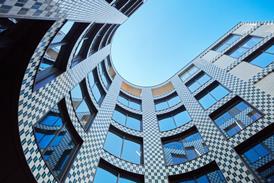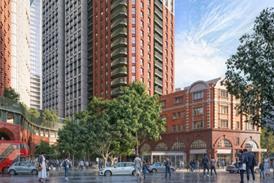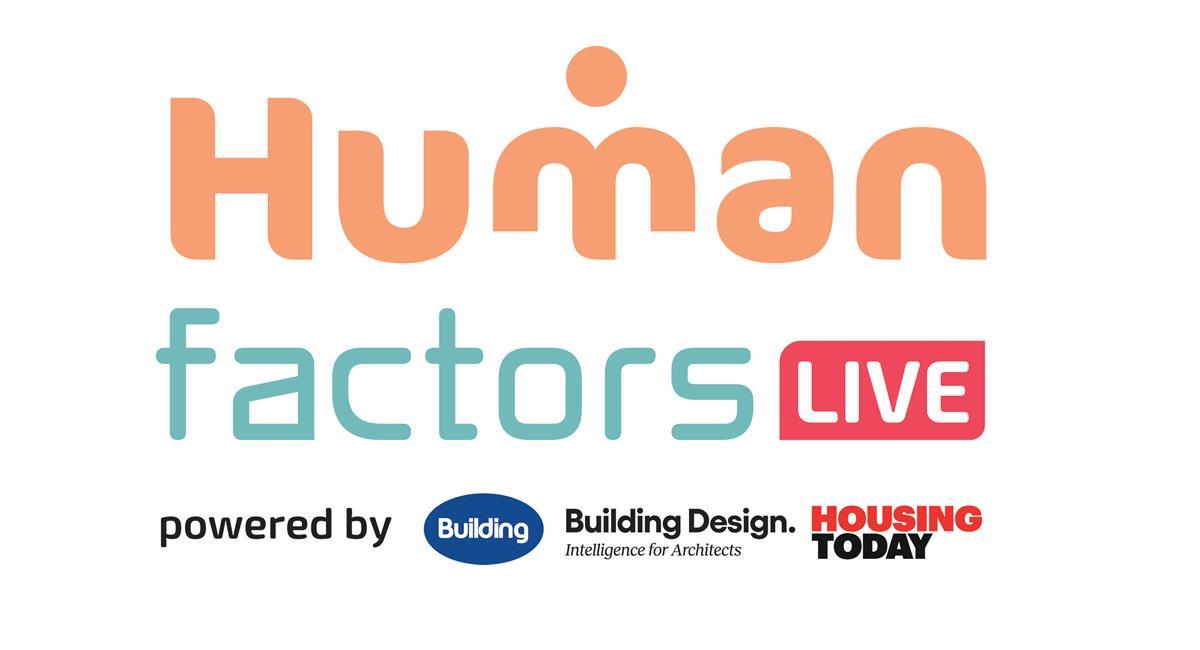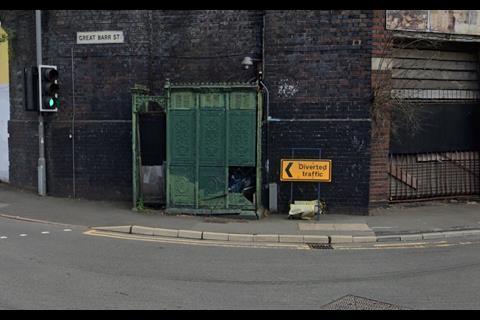Eddie Blake considers how the loss of public toilets has left cities less inclusive, raising issues of access, safety and civic pride

We are all connected. Sometimes in ways that might not even occur to us. As Buckminster Fuller said, the average house is “a decorated nozzle on the end of a sewer”. Not only are we connected by the universal condition of needing to use the toilet, but the toilet plumbing itself connects us.
In public toilets this connection is made all too clear, they present an uneasy combination of the deeply private with the radically public. Making these places dignified and safe is essential to making these awkward connections bearable, this is the core challenge of everyone involved in creating public toilets: commissioner, planner, contractor or architect.
The challenge is compounded by how we talk about toilets. In a way they have an ambivalent position in our society. On the one hand, they house the unmentionable. On the other, people like talking about them. In fact, try and start a conversation about public toilets with any acquaintance, they’ll most likely have a lot to say.
There’s a low-key thrill in mentioning the unmentionable. One way culture navigates awkwardness is by constantly renaming toilets. The smallest room in the house is also the room with the most synonyms: the gents’/ladies’, bathroom (who is bathing?), restroom (who is resting?), toilet, lavatory, washroom, latrine, loo… water closet?!
While using the toilet is universal, you don’t necessarily think about public toilets until the moment you need them. Some of us need them more than others. If you’re incontinent or have an ostomy, if you are menstruating or a parent with kids, if you’re pregnant, or for that matter if you’ve had a little too much to drink, you are more likely to need a public toilet.
A lack of public toilets tightens the ‘urinary leash’, effectively tying some groups of people to their homes or places with private facilities. A lack of public toilets is also exclusionary because of how unsafe some people are without access to them. A city without public toilets is both less safe and excludes huge swathes of people.
Public toilets have largely disappeared from the public realm. The British Toilet Association estimates that the UK has lost nearly 60% of its public toilets in just over a decade. This is for numerous reasons, not least maintenance. Also, they were often not fully accessible, they became a liability for local councils.
Since the closing of public toilets, in some urban centres all public spaces have become men’s public toilets. Some public toilets were not up to scratch, but in losing them and not replacing them, cities lost some of their dignity.
Ultimately, public toilets are the only dignified way of welcoming everyone into the public domain
Toilets can be unclean. This is a practical problem, which is easy to resolve. What is harder to unpick is that, in a way, they are conceptually unclean. Even private toilets can seem impure, but for public toilets this is amplified. They’re impure because they have been polluted, they have to be shared, and sharing intimate space can feel like an intrusion.
Architecture has answers to these tougher problems in the spatial organisation, clear lines of sight, robust materials which minimise maintenance, and perhaps most importantly in finishes: shininess is the universal symbolic synonym for cleanliness. At a larger scale, housing public toilets in dignified architecture which communicates their civic function can elevate them and suggest that they are not impure. They have the potential to become symbols of civilisation in the cityscape.
We’re in an historic moment where toilets are sites of social struggle, in the courts, media meltdowns, and cultural showdowns. Public toilets provoke people by posing the question of what it means to share private space with someone whose intimate details you may or may not want to know.
Whether it’s who gets to use which cubicle, or the millions who don’t even have one globally, the toilet has become a focus for everything from identity politics to inequality. More people on the planet have access to mobile phones than to adequate sanitation. In the context of all this, public toilets are perhaps one of the few instances where only new buildings can solve a social problem.
If, as a society, we want everyone to be able to participate in public life, it’s essential that adequate sanitation is accessible for all, and that includes dignified spaces that people can share comfortably. Ultimately, public toilets are the only dignified way of welcoming everyone into the public domain.
Postscript
Eddie Blake is a director at Studio Weave and a first year design tutor at the London School of Architecture.


















2 Readers' comments